Acadia National Park in Maine: Things to Do and 4 Days Travel Itinerary
Hello fellow wanderlusters! I’m Sevinj, your typical solo female traveler with an insatiable thirst for adventure, quirky anecdotes, and a penchant for getting lost in the most beautiful places. This time, I embarked on a journey to the stunning Acadia National Park, nestled in the coastal haven of Maine. If you’re planning a trip here, you’re in for a treat! Let’s dive into the top things to do in Acadia National Park, an ideal 4-day itinerary, and a sprinkle of travel tips to make your adventure unforgettable.
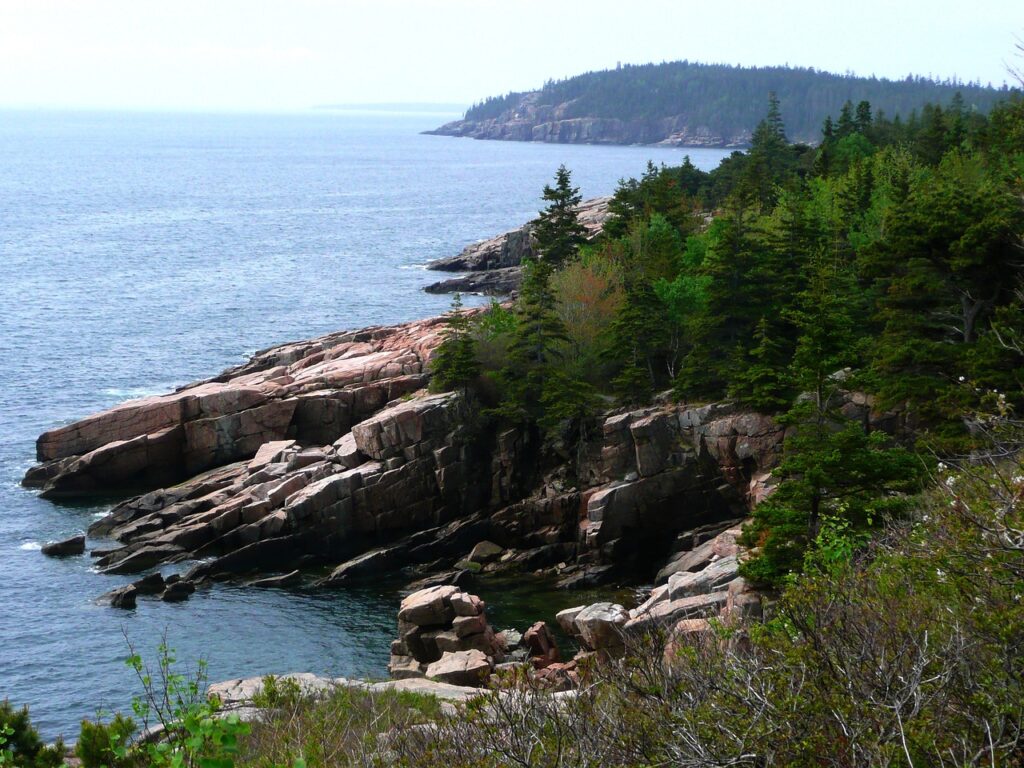
About Acadia National Park
Acadia National Park, a gem on the coast of Maine, is a breathtaking tapestry of rugged shorelines, dense woodlands, and serene lakes. Established in 1916, it stands as the oldest national park east of the Mississippi River, preserving a diverse landscape that showcases the best of New England’s natural beauty.
Geography and Landscape
Spanning over 49,000 acres, Acadia National Park is primarily located on Mount Desert Island, with additional areas on the Schoodic Peninsula and several offshore islands. The park is renowned for its dramatic coastline, marked by rocky headlands and pristine beaches. Inland, visitors can explore a variety of ecosystems, from lush forests and tranquil ponds to granite peaks like Cadillac Mountain, which at 1,530 feet, is the highest point on the East Coast.
Read more: A Solo Female Traveler’s Hilarious and Heartfelt Adventure to Bushkill Falls, Poconos
Flora and Fauna
Acadia’s diverse habitats support an impressive array of plant and animal life. The park is home to over 1,000 plant species, including vibrant wildflowers, towering conifers, and hardy coastal vegetation. Wildlife enthusiasts can spot a variety of animals such as white-tailed deer, foxes, beavers, and the elusive black bear. Birdwatchers will delight in the over 300 bird species that visit the park annually, from peregrine falcons to the charming puffin.
Activities and Attractions in Acadia National Park
There’s no shortage of things to do in Acadia National Park. Outdoor enthusiasts can hike over 150 miles of trails, ranging from easy walks to challenging climbs like the Beehive and Precipice trails. The park’s 45 miles of historic Carriage Roads, built by John D. Rockefeller Jr., are perfect for biking, walking, and horse-drawn carriage rides.
Water activities abound, with opportunities for kayaking, canoeing, and even tide pooling along the rugged shorelines. For those who prefer a more relaxed pace, the Park Loop Road offers a scenic drive with numerous overlooks and picnic spots.
Historical and Cultural Significance
Acadia National Park is steeped in history. It was originally home to the Wabanaki people, who have inhabited the region for thousands of years. European settlers arrived in the 1600s, and the area became a popular summer destination for the wealthy in the 19th century. The park itself was established through the efforts of private citizens, including notable philanthropists like George B. Dorr and Charles W. Eliot, who sought to preserve its natural beauty for future generations.
Best Time to Visit Acadia National Park
Acadia National Park is a year-round destination, each season offering its own unique charm and set of activities. However, the best time to visit largely depends on what you want to experience and your personal preferences.
Spring (April to May)
Pros:
- Blossoming Flora: Spring is a delightful time to witness the park’s flora awakening. Wildflowers begin to bloom, and the landscape turns a lush green.
- Fewer Crowds: The park is less crowded compared to the summer months, allowing for a more peaceful experience.
Cons:
- Unpredictable Weather: Spring weather in Acadia can be quite variable, with a mix of rain and sunshine. Trails might be muddy, and some higher elevation areas could still have lingering snow.
Summer (June to August)
Pros:
- Ideal Weather: Summer offers the most consistent weather, with warm temperatures ranging from the 60s to 80s (°F), perfect for outdoor activities.
- Full Amenities: All park amenities, including visitor centers, campgrounds, and shuttle services, are fully operational.
- Extended Daylight: Longer days mean more time to explore and enjoy the park’s numerous activities.
Cons:
- Crowds: This is the peak tourist season, so popular spots and trails can be crowded. Early mornings or late afternoons are the best times to avoid the rush.
- Higher Costs: Accommodation and travel expenses tend to be higher during this time due to increased demand.
6 Hour Private Tour: Acadia National Park, Fjord & Lobster Lunch
Fall (September to October)
Pros:
- Spectacular Foliage: Acadia’s fall foliage is nothing short of spectacular, with vibrant reds, oranges, and yellows transforming the landscape.
- Milder Weather: Cooler temperatures make hiking and other strenuous activities more comfortable.
- Fewer Crowds: After Labor Day, the number of visitors decreases, offering a more serene experience.
Cons:
- Shorter Days: Days start to get shorter, providing less daylight for exploration.
- Cooler Nights: Temperatures can drop significantly at night, so be prepared with warm clothing.
Winter (November to March)
Pros:
- Winter Wonderland: Acadia turns into a winter wonderland, perfect for snowshoeing, cross-country skiing, and winter hiking.
- Solitude: Winter visitors often find they have the park to themselves, offering unmatched tranquility and solitude.
Cons:
- Limited Access: Many park facilities, including the Park Loop Road, are closed or limited. However, the Schoodic Peninsula remains accessible.
- Harsh Weather: Winter can be harsh with cold temperatures, snow, and ice, requiring proper gear and preparation.
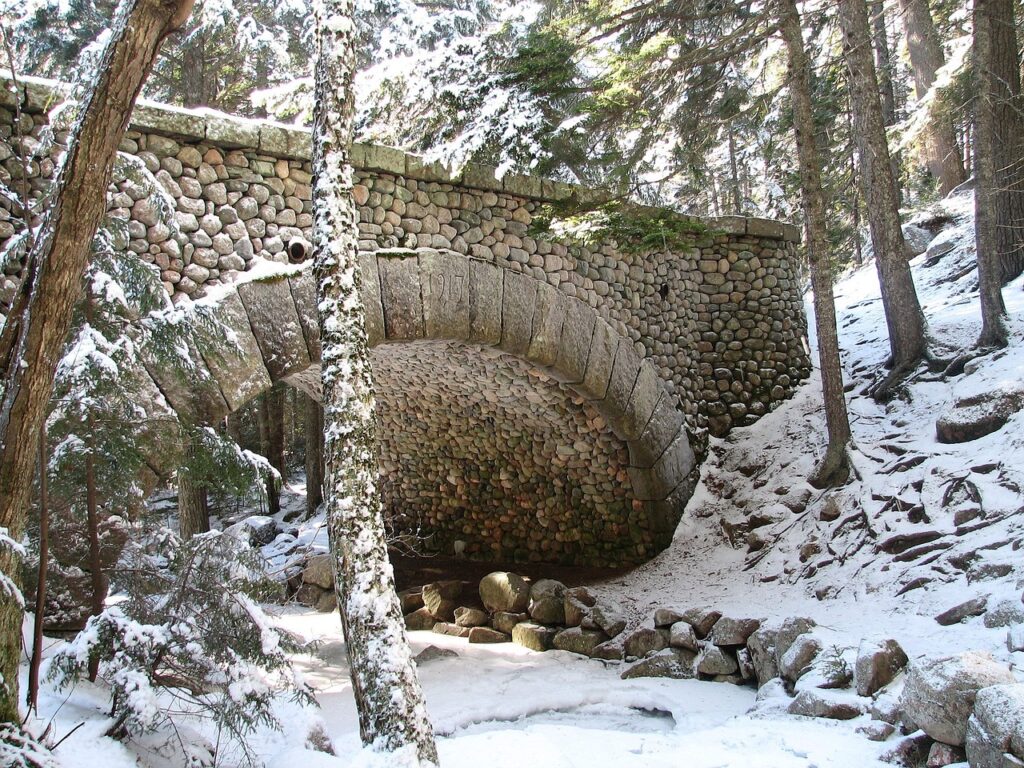
Recommendations
- For Hiking and Outdoor Activities: Late spring (May) and early fall (September) are ideal, offering mild weather and fewer crowds.
- For Scenic Drives and Relaxation: Summer provides the best weather and full access to all park amenities, though it comes with the trade-off of higher visitor numbers.
- For Fall Foliage: Visit from late September to mid-October to experience the peak of Acadia’s autumn colors.
- For Winter Sports and Solitude: Winter months are perfect for those who enjoy snow activities and seek a quieter park experience.
Read more: Discovering Paradise: Las Grutas Tolantongo Hot Springs, Mexico
Directions to Get to Acadia National Park
Getting to Acadia National Park is an adventure in itself, offering several travel options whether you’re flying, driving, or taking a bus. Here’s a comprehensive guide on how to reach this stunning destination.
By Air
The nearest airport to Acadia National Park is Bangor International Airport (BGR), located about 50 miles (1.5 hours) from the park. Here are the steps to get from the airport to the park:
- Fly into Bangor International Airport (BGR):
- Many major airlines offer flights to Bangor from cities across the United States.
- Rent a Car:
- Upon arrival, you can rent a car from the airport. Major car rental agencies operate at the airport. If you rent a car, try Ultimate Acadia National Park Self-Guided Driving Audio Tour for the utmost experience!
- Drive to Acadia National Park:
- From the airport, follow the Acadia National Park directions:
- Take I-95 South from the airport.
- Merge onto US-1A East via exit 182A towards Ellsworth/Bar Harbor.
- Continue on US-1A East until you reach ME-3 East.
- Follow ME-3 East directly to Bar Harbor and the entrance to Acadia National Park.
- From the airport, follow the Acadia National Park directions:
By Car
Driving to Acadia National Park gives you the flexibility to explore at your own pace. Here’s how to get there from various starting points:
- From Boston, MA (around 5 hours, 280 miles):
- Take I-95 North towards Augusta, ME.
- Take exit 113 for ME-3 East towards Belfast.
- Continue on ME-3 East, which leads directly to Bar Harbor and Acadia National Park.
- From Portland, ME (around 3 hours, 160 miles):
- Take I-295 North from Portland.
- Merge onto I-95 North towards Augusta.
- Take exit 113 for ME-3 East towards Belfast.
- Continue on ME-3 East to Bar Harbor and the park entrance.
- From Bangor, ME (around 1.5 hours, 50 miles):
- Follow US-1A East from Bangor.
- Merge onto ME-3 East towards Bar Harbor.
- Continue on ME-3 East to Acadia National Park.
By Bus
Taking a bus is an eco-friendly and relaxing way to reach Acadia National Park.
Recommended: Premium Narrated Bus Tour of Bar Harbor and Acadia National Park (3.5 Hours)
- Concord Coach Lines:
- Provides bus service from Boston, MA, to Bangor, ME.
- From Bangor, you can rent a car or take a local bus service to Acadia National Park.
- Downeast Transportation:
- Offers seasonal bus services from Bangor to Bar Harbor and Acadia National Park, including stops at the park’s main attractions.
By Train
While there is no direct train service to Acadia National Park, you can combine train and bus travel.
- Amtrak Downeaster:
- Provides service from Boston, MA, to Portland, ME, and Brunswick, ME.
- From Portland or Brunswick, rent a car or take a bus to Bangor, then proceed to Acadia as described above.
Local Transportation in Acadia
Once you arrive, navigating Acadia National Park is made easy with several transportation options:
- Island Explorer Shuttle:
- A free shuttle service operating from late June through early October.
- The shuttle connects hotels, campgrounds, and various points of interest within the park.
- Biking and Walking:
- With over 45 miles of Carriage Roads, Acadia is perfect for biking and walking.
- Bikes can be rented in Bar Harbor or at various spots near the park.
Acadia National Park: 4 Days Iterinary
Day 1: Arrival and Exploration
Getting There
First things first, let’s talk logistics. The best time to visit Acadia National Park is from late spring to early fall, with vibrant foliage and mild weather. The nearest airport to Acadia National Park is Bangor International Airport (BGR), about an hour and a half drive. From there, just follow the Acadia National Park directions via US-1A and ME-3, and you’ll soon be enveloped by the park’s natural beauty.
Acadia’s Warm Welcome
Once you arrive, head straight to the Hulls Cove Visitor Center to grab maps and tips on what to do in Acadia National Park. Then, kickstart your adventure with a scenic drive along the Park Loop Road. This 27-mile loop is a fantastic introduction to Acadia National Park’s attractions, offering jaw-dropping coastal views, lush forests, and glimpses of wildlife.
Day 2: Hiking and Nature Immersion
Sunrise at Cadillac Mountain
Rise and shine, sleepyheads! Watching the sunrise from Cadillac Mountain is a must-see in Acadia National Park. As the highest point on the North Atlantic seaboard, it’s one of the first places in the U.S. to greet the morning sun. It’s a moment of pure magic, worth the early wake-up call.
Hiking Trails Galore
After soaking in the sunrise, lace up your hiking boots and hit the trails. My top recommendations for things to do in Acadia National Park include:
- Jordan Pond Path: A serene 3.3-mile loop around a crystal-clear pond, perfect for a leisurely walk.
- Beehive Trail: Not for the faint-hearted, this challenging hike involves steep climbs and iron rungs but rewards you with spectacular views.
- Ocean Path: A scenic, relatively easy 4-mile round trip that hugs the coastline, offering breathtaking ocean vistas.
Day 3: Biking and Beach Bliss
Pedal Power
Rent a bike and explore the Carriage Roads, a network of 45 miles of crushed rock paths, perfect for cycling. Designed by John D. Rockefeller Jr., these roads are car-free, providing a peaceful biking experience amidst stunning landscapes.
Sandy Shenanigans
After your biking adventure, head to Sand Beach for some well-deserved relaxation. This 290-yard long beach nestled between mountains and rocky shores is perfect for sunbathing, picnicking, and even a chilly dip in the Atlantic!
Day 4: Island Hopping and Farewell
Discovering Acadia’s Islands
Hop on a ferry and visit the Cranberry Isles or Isle au Haut. These islands offer quaint villages, beautiful hikes, and a glimpse into the local life of Acadia Maine.
A Sweet Goodbye
Before you bid farewell to this natural paradise, indulge in a popover at Jordan Pond House. This iconic treat, paired with a cup of tea, is the perfect way to conclude your Acadia National Park vacation.
Read more: La Huasteca Potosina Mexico: An Enchanting Journey
Tips for Your Acadia Adventure
- Plan Ahead: Popular spots can get crowded, especially in peak season. Arrive early or visit off-peak times for a more serene experience.
- Pack Wisely: Bring layers, comfortable hiking shoes, and a rain jacket. The weather can be unpredictable.
- Stay Hydrated and Snack Happy: Keep water and snacks handy, especially during hikes.
- Respect Wildlife: Keep a safe distance from animals and never feed them.
Recommended additional activity: 2-Hour Windjammer Sailing Trip in Maine with Licensed Captain

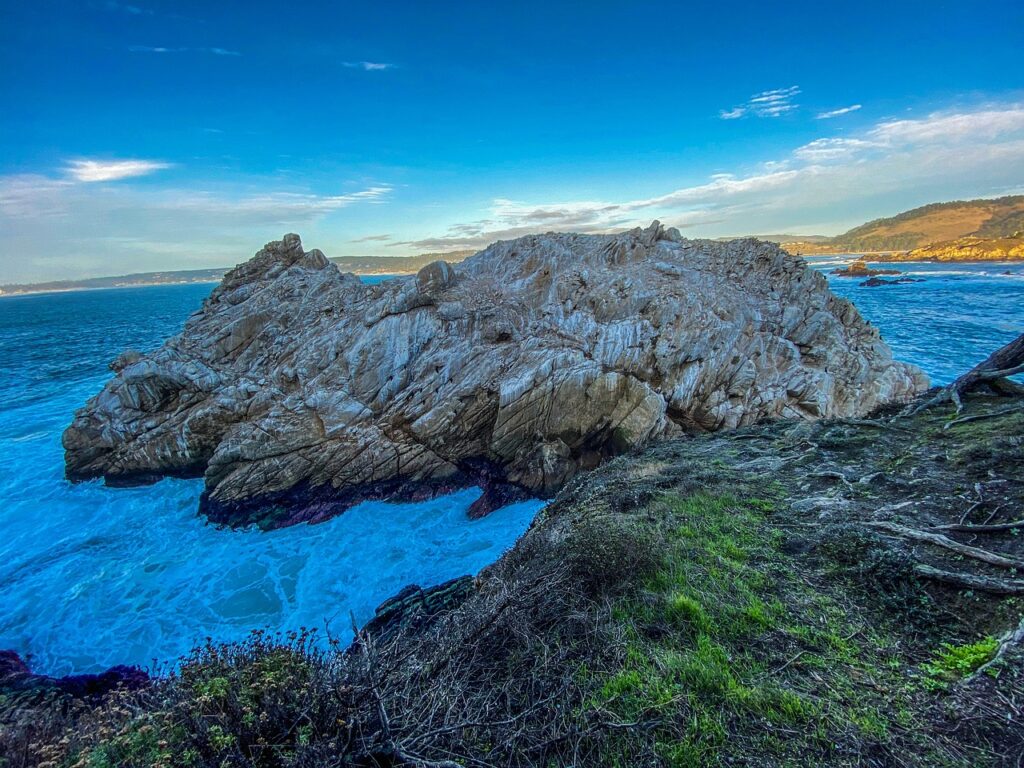
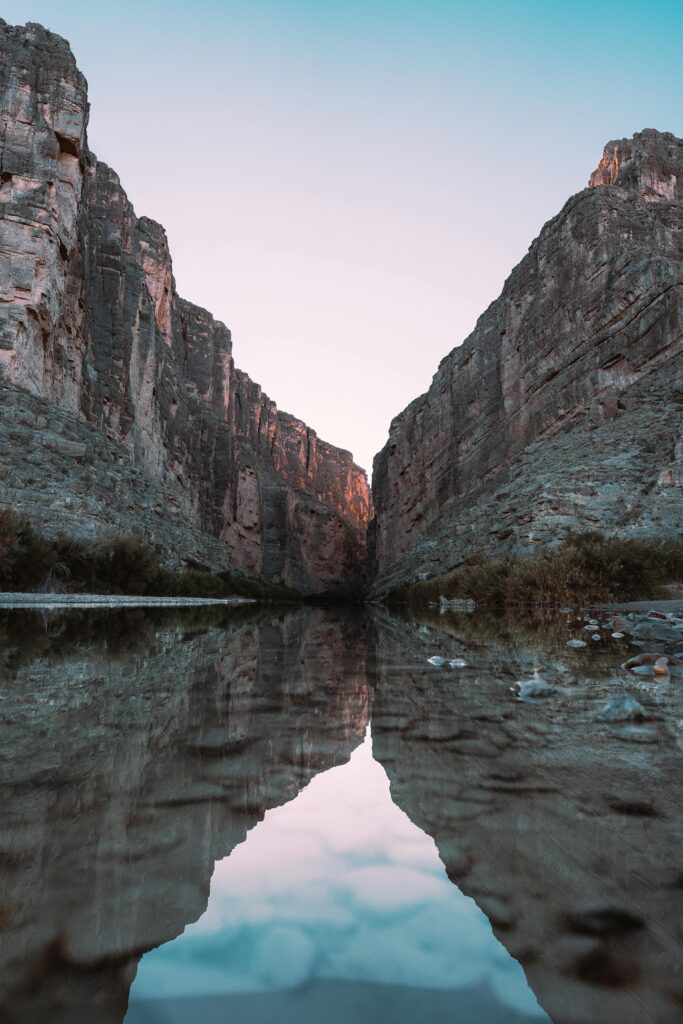
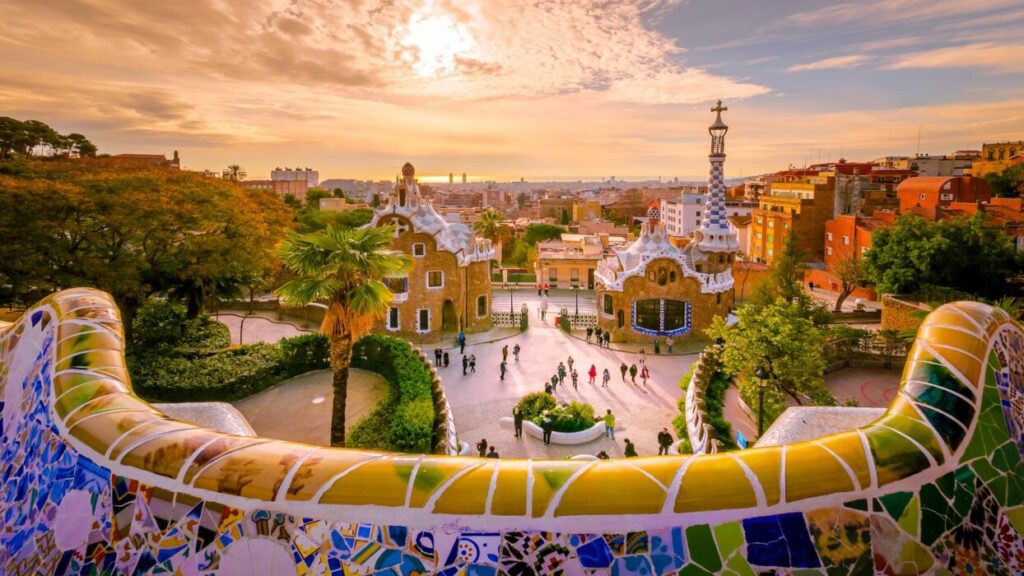
Pingback: Bushkill Falls, Poconos - She Wanders Solo
Pingback: Discovering the Magic of Oval Beach, Michigan - She Wanders Solo
Pingback: The Ultimate Guide to Exploring Mohegan Sun - She Wanders Solo